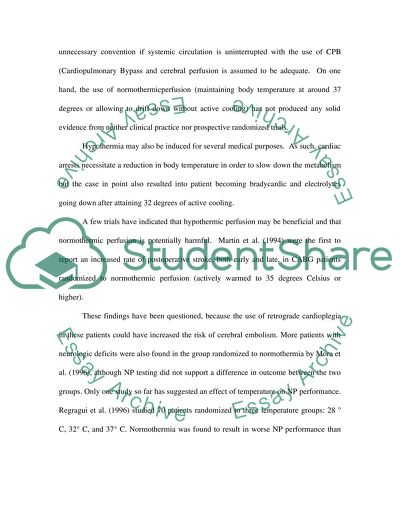Cite this document
(Induced Hypothermia in Post Cardiac Arrest Assignment Example | Topics and Well Written Essays - 1000 words, n.d.)
Induced Hypothermia in Post Cardiac Arrest Assignment Example | Topics and Well Written Essays - 1000 words. https://studentshare.org/health-sciences-medicine/1525238-induced-hypothermia-in-post-cardiac-arrest
Induced Hypothermia in Post Cardiac Arrest Assignment Example | Topics and Well Written Essays - 1000 words. https://studentshare.org/health-sciences-medicine/1525238-induced-hypothermia-in-post-cardiac-arrest
(Induced Hypothermia in Post Cardiac Arrest Assignment Example | Topics and Well Written Essays - 1000 Words)
Induced Hypothermia in Post Cardiac Arrest Assignment Example | Topics and Well Written Essays - 1000 Words. https://studentshare.org/health-sciences-medicine/1525238-induced-hypothermia-in-post-cardiac-arrest.
Induced Hypothermia in Post Cardiac Arrest Assignment Example | Topics and Well Written Essays - 1000 Words. https://studentshare.org/health-sciences-medicine/1525238-induced-hypothermia-in-post-cardiac-arrest.
“Induced Hypothermia in Post Cardiac Arrest Assignment Example | Topics and Well Written Essays - 1000 Words”. https://studentshare.org/health-sciences-medicine/1525238-induced-hypothermia-in-post-cardiac-arrest.


